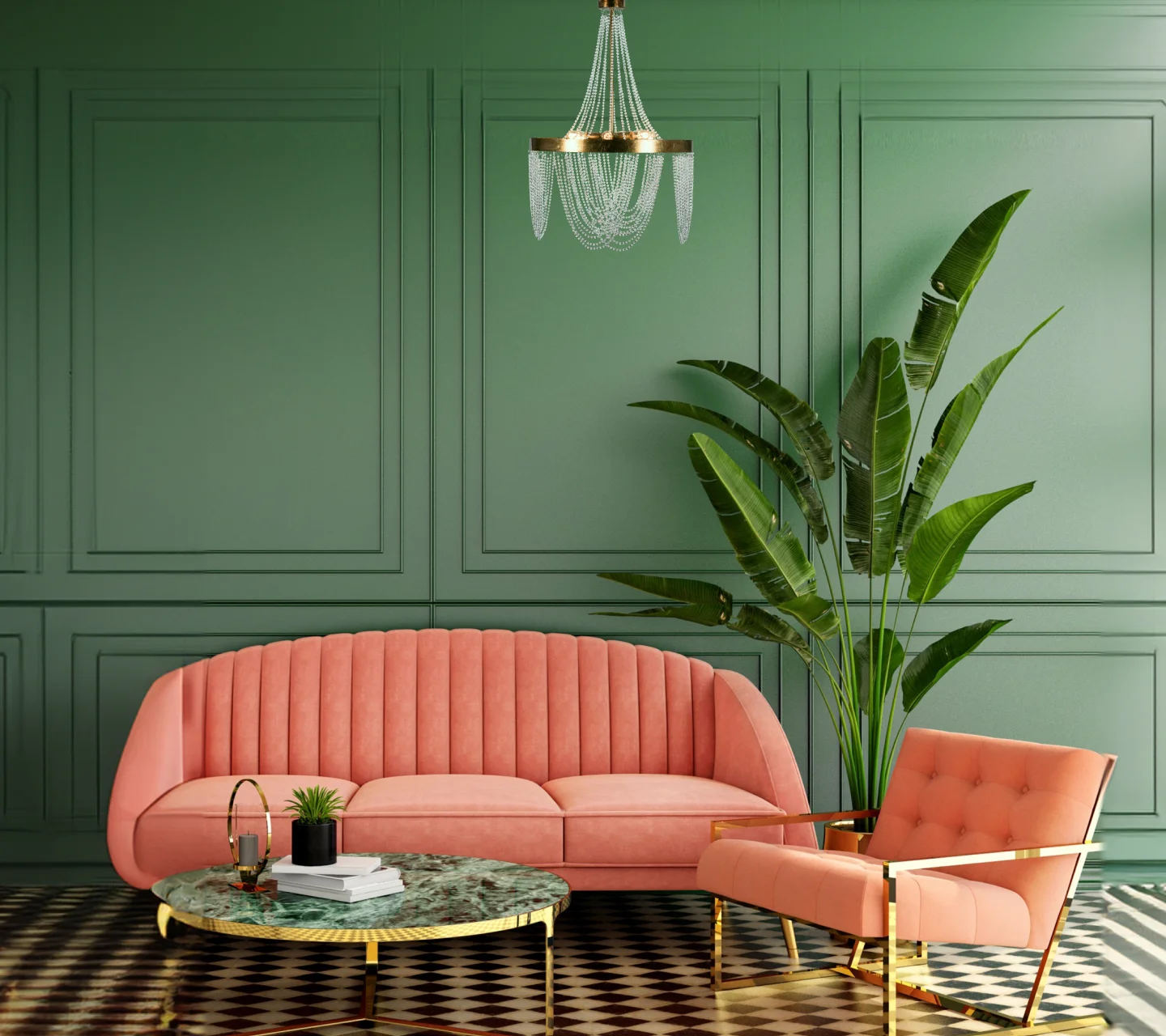TRENDING
How To Use Acrylic Paint For Walls?
We have all grown up using paints and attending paint parties.
We have all hoarded boxes and boxes of colours, some water, some oil and some acrylic but how many of us really know about each one of them or how they are used?
After all these years, it’s time to bring out your inner Picasso and your inquisitively curious mind to learn about acrylic colours for wall painting.
Home painting is quite a task with uprooting things from their original spot to dumping it somewhere temporarily but knowing the basics like can acrylic paint be used on walls, and if yes, answering the “how” is important to ensure that the process is impeccably done.
Before we go onto wall painting with acrylic colours and whether can we use acrylic paint on wall, let’s understand what these acrylic paints are.

What are Acrylic Paints?
Acrylic wall colours are pigment-bound particles dispersed in a polymer emulsion. They are water-based colours that dry out really quickly. This kind of paint search was spurred by a group of Latin American artists who wanted paint that would dry fast and survive all weather conditions so as to paint the exterior murals. Acrylic paint today is high in pigment content, is flexible, and has a quick and uniform drying speed. Though water-based, these paints become water-resistant on drying and it’s flexibility makes them durable and strong.
Additionally, acrylic paints are composed of three different components and they are:
Pigment: Pigments are granular solids that give the paint its colour. They usually remain suspended in the paint with zero affinity towards the surface it is applied on. The pigment can be organic, inorganic, natural or synthetic.
Binder: A binder is a substance that keeps the pigment in place after the paint dries. In the case of acrylic paints, the acrylic polymer acts like a binder after the water evaporates on drying.
Vehicle: The vehicle is that part of the paint that carries the binder and the pigment. In water-based acrylic colours, it is the water that acts as the vehicle. This vehicle when combined with the binder i.e acrylic polymer, it creates a polymer emulsion that proves beneficial after the water has evaporated.
Now, after understanding what acrylic colour for wall is and what it must be, let’s next go to the step-by-step guide for applying acrylic colour on wall!

Steps for Wall Painting with Acrylic Colours:
Step 1:
If you start painting the wall understanding the science of cleaning it matters. Painting on an unclean wall may lead the paint to fall off with the dust over a period of time thus failing your hard work and your hard-earned money. Walls can be home to microscopic growths, dust particles, cracks and crevices therefore, smoothening it all before you give a command go, get your walls clean.
If you are painting your wall for the first time, merely cleaning it would suffice but if you are redoing the acrylic colour wall painting, sanding it off is crucial.
Step 2:
After all the sanding, the walls are definitely loaded with dust particles. Cleaning the surface out thoroughly before wall painting with acrylic colours gives the paint a surface to bind well and stay for longer. If you are okay to have a hole in your pocket, do the cleaning half-heartedly, just saying!
Step 3:
After you have made the wall spick and span and free of dust with a wet cloth, allow the walls to “completely” dry up before you apply the primer. On seeing the wall completely dry, apply a primer and let it also dry. Give it it’s own personal time and space!
Did this tickle your brain too?
Primer is the first coat on the wall that acts as an adhesive for acrylic colour for wall painting and gives the paint all it’s endurance.
Step 4:
Finally, after the primer dries off, you can apply acrylic wall colours to the walls and revamp your house to suit your liking.
Want Hassle-free Painting? Think Asian Paints Beautiful Home Painting
Key Features Of Acrylic Paints
Acrylic paints being durable and extremely easy to handle, they are often the most loved and also the most used by people across the world. Some of the many characteristics worth learning about are:
Advantages of Acrylic Paints
- High on flexibility, chemicals inside acrylic paints ensure that they sustain themselves in all weather conditions irrespective of the temperatures outside.
- Due to their high elasticity, acrylic paints do not undergo any cracking and flaking. It is best suited for external walls as it can withstand extreme weather conditions with grace.
- They are super long-lasting and are worth every penny
- The colour of the acrylic paint has a great potency of resisting the sun and thus ensures the colour remains intact without it fading away.

We hope this read helped you understand acrylic paints a little more in detail and understand the step-by-step process of using it on your walls. To get some expert advice for your home painting, reach out to our professionals at Asian Paints Safe Painting Services!
LIKE THIS ARTICLE
Give us a thumbs up!

TEXTURE FINISH













